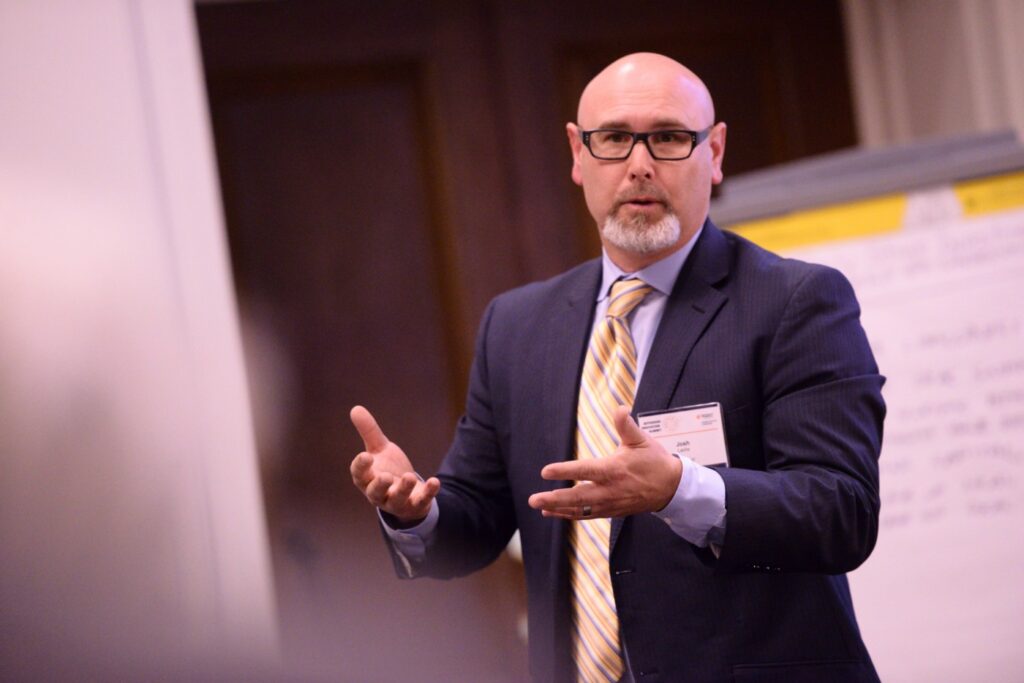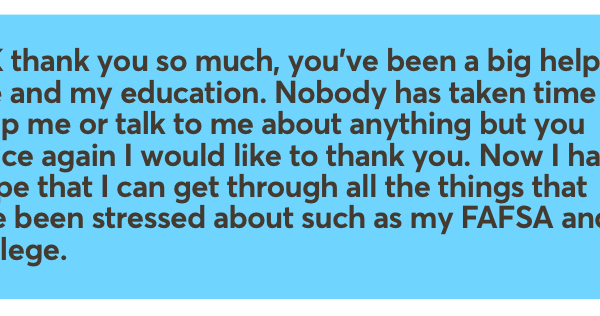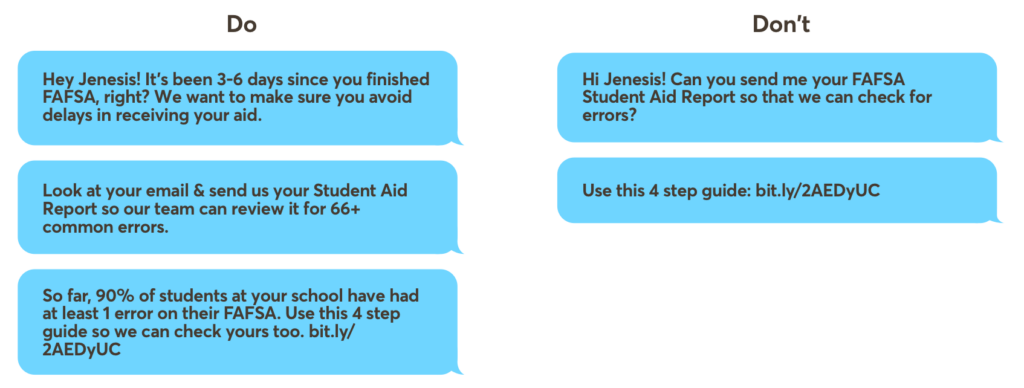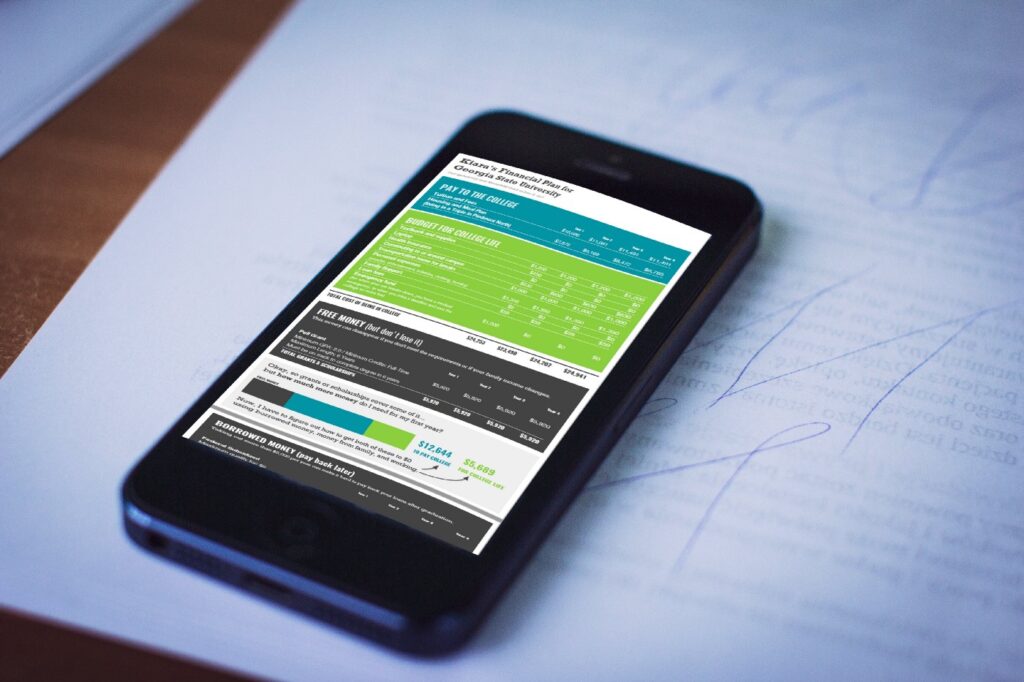A Remote Design Sprint Breakthrough

Recently, Moneythink Product Designer Jeanmarie Levy spearheaded a virtual design sprint – a feat which included organizing colleagues in three different time zones and several countries. The goal of the sprint was to improve the DecidED Advisor Dashboard and promote a more collaborative creative design space.
Design sprints help make DecidED more user-friendly. Traditionally, these events take place in person; however, to increase accessibility, Jeanmarie organized this virtual version to ensure everyone had a seat at the table.
We are excited to share Jeanmarie’s story and process with you, and highlight how we’re already improving DecidED. As a nimble fintech non-profit, we believe in empowering our team to explore cutting-edge approaches to improve the lives of everyone who uses DecidED.
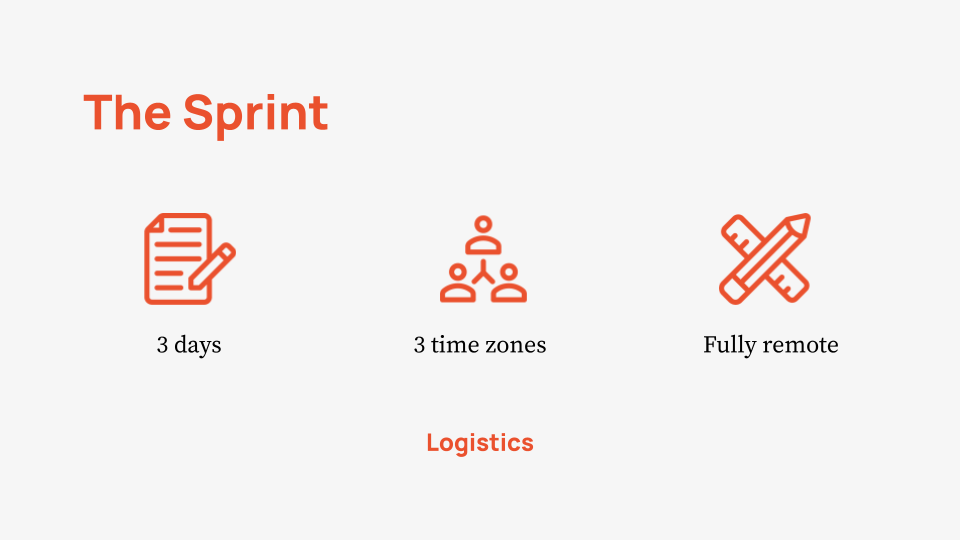
(Jeanmarie was interviewed by our Communications and Marketing Consultant, Melissa Ramos. Our interview has been edited for clarity.)
Our Q&A With Jeanmarie
Melissa Ramos: Thanks for meeting to talk about your most recent design sprint! Tell us about your background and how you found yourself at Moneythink.
Jeanmarie Levy: My name is Jeanmarie and I serve as the Product Designer here at Moneythink. I am most excited about this work because the organization’s mission directly aligns with my core values of promoting access, retention and advocacy for first generation students. I myself identify as first-gen. Also, I am a former educator. I saw oftentimes where students would fall through the cracks of the college application process. Moneythink’s overall goal of reducing student debt is truly exciting for me. I have always been passionate about service and nonprofit organizations and how technology can improve people’s lives.
Melissa: It seems like your career and life experiences have helped you create a better informed product with DecidED, because you have a holistic understanding of the type of person this product serves.
Jeanmarie: Absolutely.
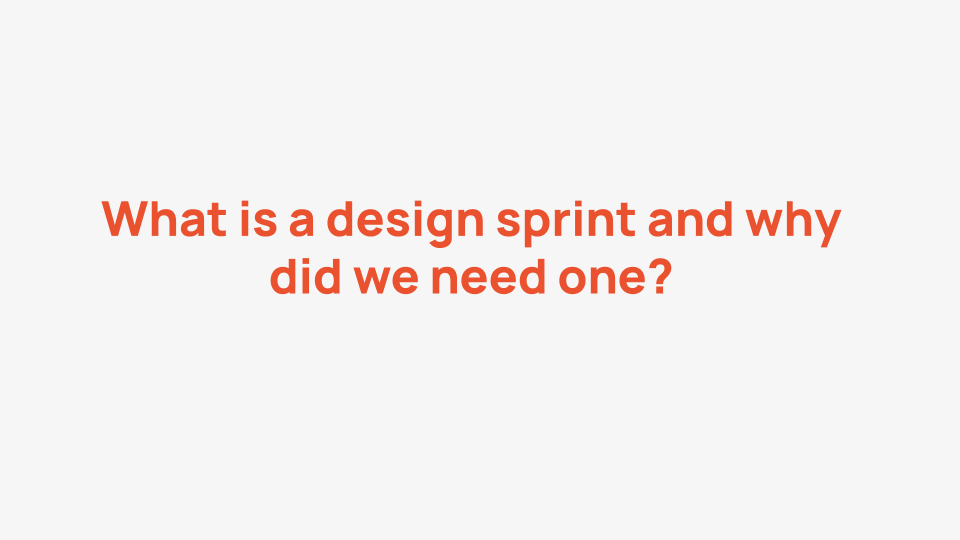
Melissa: Switching gears, can you explain the idea behind a design sprint?
Jeanmarie: The idea for design sprints is a forward-thinking concept, where essentially, a team has a certain number of days to meet specific goals. These days are fully devoted to improving a product or design. Sprints bring teams together for cross collaboration, since it is beneficial for organizations to collectively come up with ideas together, instead of putting all the pressure on individuals to make big decisions. Design sprints allow us to do deep creative work around a specific problem, using our brains fully for this purpose.
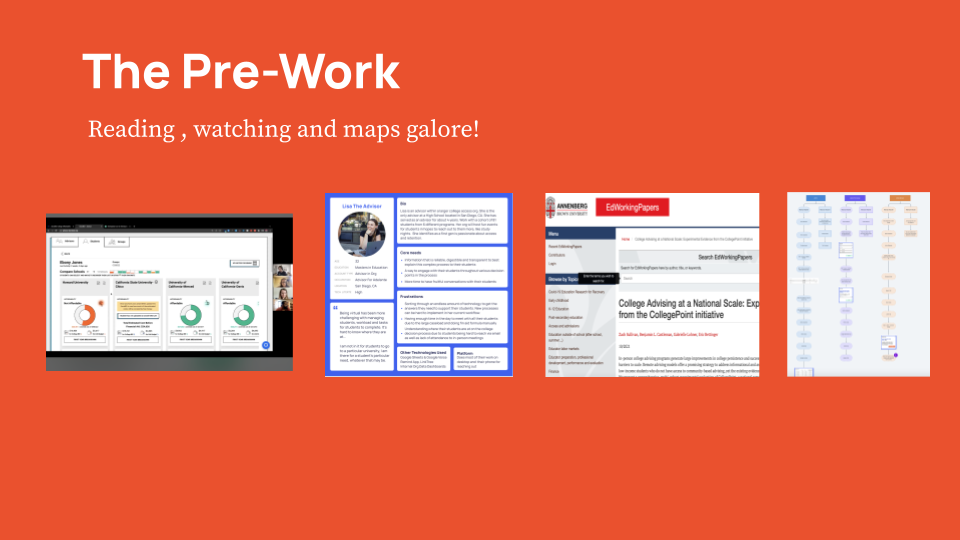
Moneythink: How do you feel design sprints help Moneythink improve DecidED?
Jeanmarie: Design sprints help inform our product because we make time to take a step back and view the problems we are tackling more holistically. Design sprints give us the opportunity to empathize with users. We pride ourselves on being an equity centered organization, and we are constantly thinking about our users as a result. In this recent design sprint, we wanted to take things to the next level, so we brought in all of our teams – engineers, the development team, the partnership team, everyone. Design sprints help our product, our organization and employees better understand why we do what we do.
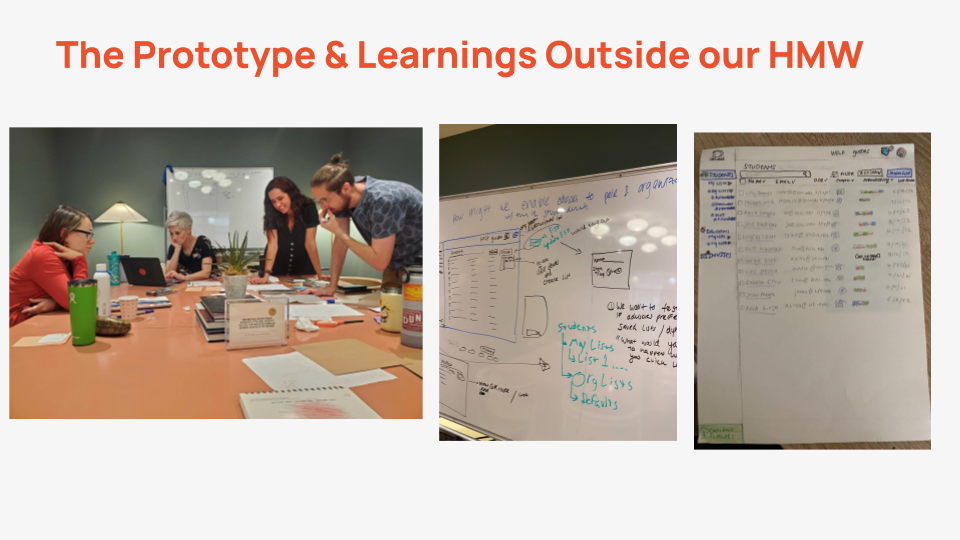
Melissa: Can you talk about human centered design factors into design sprints at Moneythink?
Jeanmarie: We strive to do human centered design and more so, equity centered design. Human centered design means the user is at the center of all decisions, but equity centered design invites users directly into the conversation. Equity centered design gives users the agency to make these bigger decisions with our product improvements. This is how we ended up on this particular design sprint topic: trying to improve our Advisor Dashboard. We made improvements based on real time advisor feedback.

Melissa: How did this fully remote design sprint differ from a traditional design sprint?
Jeanmarie: Improving the Advisor Dashboard was a big challenge. We knew we needed a diverse team in order to make this happen – and I want to shout out Ben May (our API Product Manager) for helping me think outside of the box with this design sprint.
We involved our engineers because they are our product experts. They help to build this product every day. They’re all located in different countries. Our engineers are contractors, and we as an organization strive for them to have full ownership of this product. We are cognizant of the fact that we are an American organization working with contractors outside of the US. My biggest goal was to make sure our engineers felt included and that their expertise was highlighted. It was very impactful to have all of our engineers there, some of whom have been working on DecidED from the beginning.
Our goals going into the design sprint were composed of two parts. We wanted a solution for Advisor Dashboard improvement, but we also wanted to build this inspiring and collaborative team where everyone felt they had a voice. As a result of this design sprint, we have seen an increase in morale and trust, and overall positivity among all of us. The feedback was that it was awesome to have all teams cross collaborate and learn more about what our users go through.
Melissa: As the architect of this design sprint, what do you feel were the key takeaways?
Jeanmarie: Our advisors and educators have such a challenging and overwhelming role since they are trying to advocate against so much bureaucracy. Currently, our tool does a lot but not in a simple way. With new improvements, we are scaling everything back to make our advisors’ lives easier.
Another big takeaway is the idea that cross collaboration among diverse thinkers and people is truly the way to solve big problems. When we work in silos, it’s an echo chamber. When you hear from another person, in another country, or with a different experience, it brings up a lot that hasn’t come up before. Giving people ownership helped reinvigorate a sense that there is a lot of power and capacity in the human brain – especially when we provide safe spaces. Now I have a solution for this design, but that’s because of our collaboration. I wouldn’t have been able to do this alone. It’s a big reminder that community always needs to be at the center of our work.
Communal work is of critical importance to so many things. I think that we hit the biggest goal which was to make sure that the design sprint team felt heard, empowered, and seen. I wanted the team to feel this was a good use of their time. Some feedback I got from folks was that this space equalized all of us and our voices.
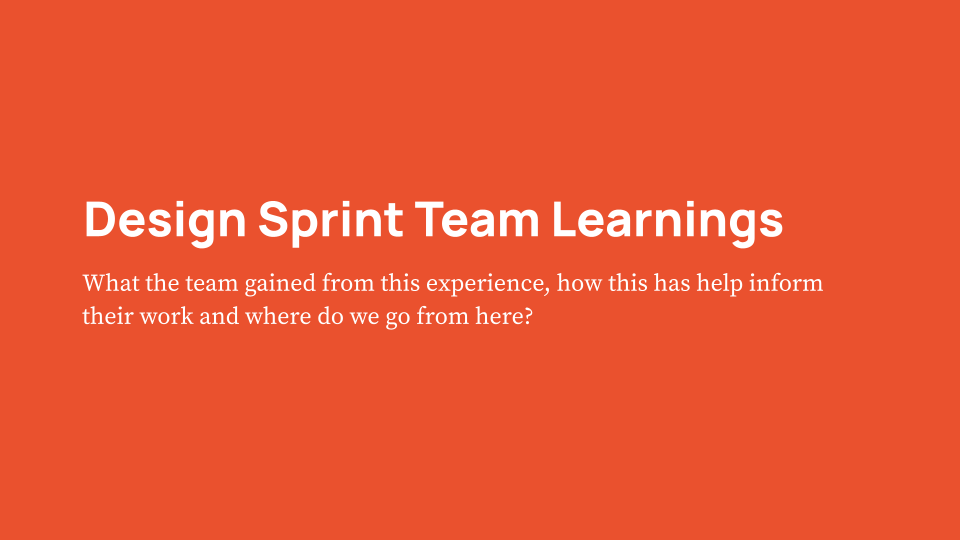
Melissa: What improvements will come to DecidED now that you have completed this particular sprint?
Jeanmarie: Lots! We already built a prototype and tested it with a long-time DecidED user. This particular educator commented that the improvements are lightyears ahead of our current dashboard. As a former educator, I keep in mind that when we design products we also need to teach users how to use this new product. I was happy to hear that this educator felt the improvements aligned seamlessly into his current work flow; it didn’t create extra steps, and it improved his work experience.
Our improvements will lead to clear, actionable steps that educators can take with students. We know the new way the tool will look will make this seamless and will help advisors in the long run.
Melissa: Very exciting that the improvements are already well received. We look forward to launching the new and improved dashboard soon!
Interested in learning more about design sprints? Check out our resources below.
What’s a design sprint and why is it important?
And learn more about Jeanmarie and the rest of our team by visiting our Team & Board page.




